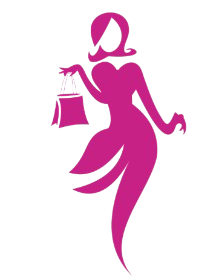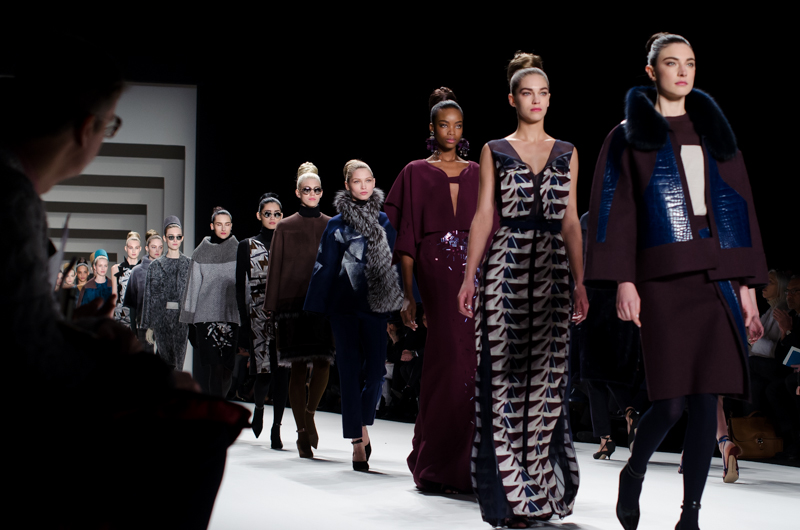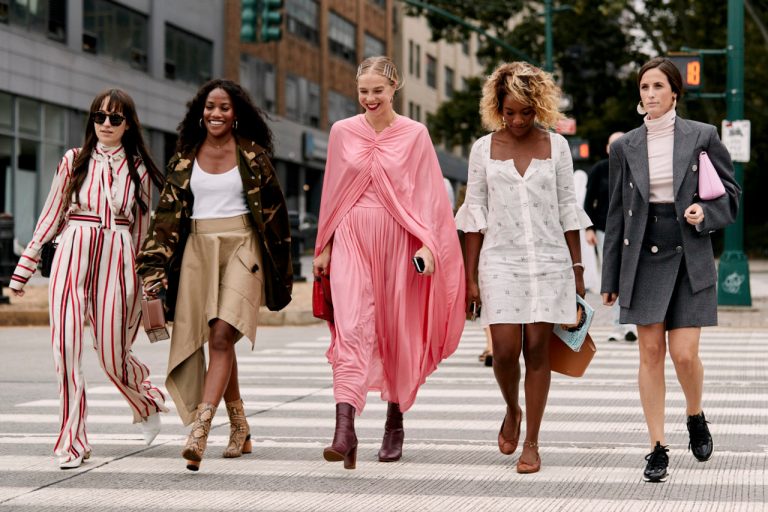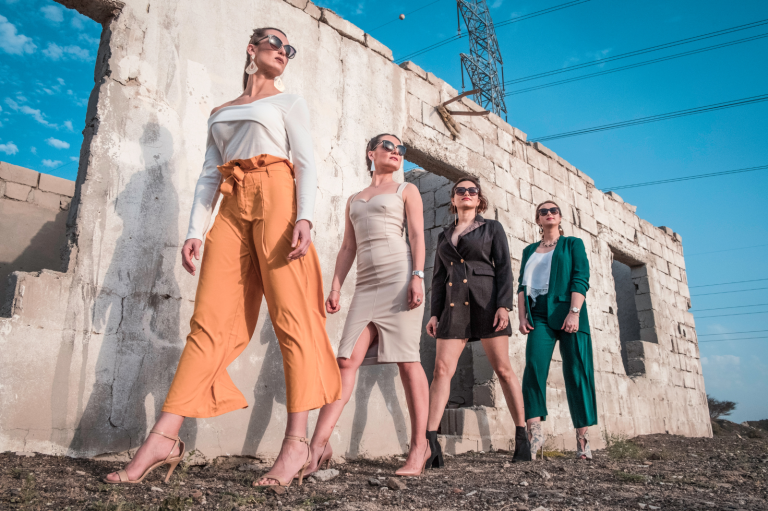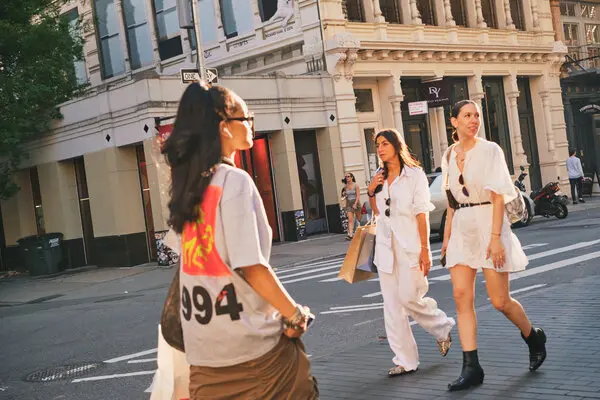Defining the Threads We Live In: An Extensive Examination of What Fashion Is
One of the most prevalent, significant, and frequently misinterpreted facets of human culture is fashion. It’s a dynamic, ever-changing phenomenon that affects almost every aspect of our lives, from global economics to personal expression, and it goes beyond just clothes. Defining fashion involves more than just listing clothes; it involves exploring the intricate relationships between art, identity, sociology, psychology, and business. It serves as both a catalyst for innovation and a mirror reflecting changes in society.
Fashion as a Form of Self-Expression and Identity
At its most fundamental level, fashion is a powerful tool for self-expression. It’s how individuals communicate aspects of their identity, personality, and beliefs to the world without uttering a single word.
- Personal Identity: The clothes we choose to wear are often a deliberate statement about who we are, or who we aspire to be. It can reflect our creativity, professionalism, rebellion, conservatism, or unique sense of humor. Someone in General Santos City might choose vibrant, lightweight fabrics to express their connection to the tropical climate and laid-back culture, while a punk rocker in London expresses defiance through ripped denim and leather.
- Group Identity: Fashion also serves as a uniform, signaling belonging to a particular group, subculture, or profession. Think of school uniforms, military attire, sports team jerseys, or the distinct styles of a particular music scene. These choices create a visual shorthand for shared values and affiliations.
- Mood and Emotion: Our clothing choices can also be a reflection of our current mood or an attempt to influence it. Wearing bright colors might lift spirits, while comfortable, relaxed clothing can signal a desire for ease.
Fashion as a Cultural and Societal Barometer
Fashion is deeply intertwined with the broader cultural landscape, acting as a dynamic reflection of societal values, historical events, and technological advancements.
- Social Reflection: Changes in hemlines, silhouettes, and fabric choices often mirror shifts in gender roles, economic conditions, and social movements. The rise of comfortable, practical sportswear, for instance, can be seen as a reflection of increasingly active lifestyles and a blurring of lines between work and leisure.
- Historical Archive: Looking back at fashion history provides insights into different eras. The restrictive corsetry of the Victorian era speaks to societal norms for women, just as the flapper dresses of the 1920s symbolized newfound freedoms.
- Global Interconnectivity: In today’s interconnected world, fashion trends often transcend geographical boundaries, influenced by global events, diverse cultures, and rapid communication. A trend originating in Seoul or Paris can quickly be adopted and adapted across the globe, including here in the Philippines.
Fashion as Art and Creativity
Beyond its functional purpose, fashion is undeniably an art form.
- Design and Aesthetics: Fashion designers are artists who use fabric, color, texture, and form to create aesthetically pleasing and thought-provoking pieces. From haute couture gowns that push boundaries to ready-to-wear collections that influence mainstream trends, creativity is at its core.
- Expression of Vision: Like painting or sculpture, fashion can convey abstract ideas, emotions, and narratives. It allows for experimentation and pushing the limits of conventional aesthetics.
- Innovation: Fashion constantly innovates with new materials (e.g., sustainable fabrics, smart textiles), technologies (e.g., 3D printing), and construction techniques.
Fashion as an Economic Force
The fashion industry is a massive global enterprise, impacting economies and livelihoods worldwide.
- Industry Scale: From raw material production (cotton, silk, synthetic fibers) to manufacturing, retail, marketing, and media, the fashion industry employs millions of people globally.
- Trend Cycles: The cyclical nature of fashion trends drives consumer demand, fueling production and consumption. This economic engine is constantly moving, creating jobs and wealth, but also posing environmental challenges.
- Economic Indicators: Consumer spending on fashion can often be an indicator of economic health and consumer confidence.
Fashion Versus Style: A Crucial Distinction
It’s important to differentiate fashion from style:
- Fashion: Refers to the prevailing trends, collective aesthetics, and popular modes of dress at a given time and place. It’s largely external, dictated by designers, influencers, and industry trends. Fashion is what is offered to us.
- Style: Is an individual’s unique interpretation and application of fashion. It’s about how someone personally curates, combines, and wears clothing to express their authentic self, irrespective of fleeting trends. Style is what we choose.
While fashion might dictate that a certain silhouette is popular, your personal style dictates if and how you incorporate that silhouette into your existing wardrobe, perhaps mixing it with vintage pieces or adding personal touches that make it distinctly yours.
A Fluid and Evolving Definition
Ultimately, fashion is a fluid concept, constantly redefining itself. It’s not just the clothes on the runway or in glossy magazines; it’s the everyday choices we make when we get dressed. It encompasses:
- The design and creation of garments and accessories.
- The trends that dominate specific periods.
- The personal choices individuals make to express themselves.
- The societal influences that shape our collective aesthetic preferences.
- The economic forces that drive production and consumption.
Fashion is a dialogue – between the past and present, between individuals and society, and between self-perception and external presentation. It is, at its core, a reflection of human creativity, aspiration, and the ongoing conversation between ourselves and the world around us.
